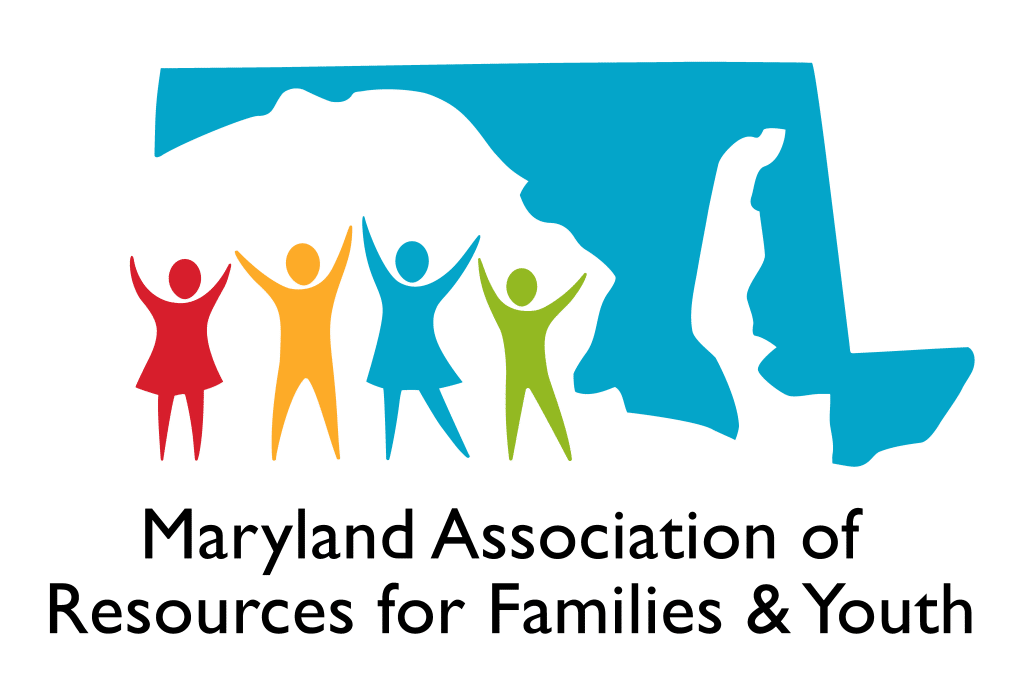 Employers are not obliged to give severance pay. The law only requires an employer to give severance if it has been promised in a contract, or stated in an employee handbook, or if there is an established pattern of giving severance to other employees in similar circumstances.
Employers are not obliged to give severance pay. The law only requires an employer to give severance if it has been promised in a contract, or stated in an employee handbook, or if there is an established pattern of giving severance to other employees in similar circumstances.
Some employers choose to offer severance pay to employees who are terminated, either involuntarily or voluntarily. The primary reasons for offering a severance package are to soften the blow of an involuntary termination and to avoid future lawsuits by having the employee sign a release in exchange for the severance.
Common benefits in severance packages include:
- Salary continuation—usually an amount based on years of service and/or position.
- Insurance benefits—while a company’s insurance plan may not allow a terminated employee to remain on the group health plan, COBRA benefits may apply and the company may pay the COBRA premium (or a portion thereof) for a specified period of time.
- Uncontested unemployment benefits—an employer may agree to not challenge an exiting employee’s application for unemployment benefits.
- Outplacement services—assistance with finding a new job.
- References—an agreement on what information will be disclosed to future employers.
According to a 2009 survey by Hewitt Associates, more than half (51 percent) of companies offer a standard one-to-two weeks of pay for every year of service and another third (33 percent) vary their payouts based on a formula that typically combines years of service, salary level and/or grade.
For access to our resources on budgeting, financial policies, personnel policies, and risk management and other resources, join Maryland Nonprofits today!
De los Normas para la Excelencia®: Un código de ética y responsabilidad para el sector no lucrativo. El código de las Normas para la Excelenciadesarrollado por el Instituto de Normas para la Excelencia, incluye puntos de referencia y medidas específicas que proporcionan un enfoque estructurado para desarrollar la capacidad, la responsabilidad y la sostenibilidad de su organización sin ánimo de lucro. El código identifica 6 áreas principales de gobierno y gestión de las organizaciones sin ánimo de lucro: Misión, Estrategia y Evaluación; Liderazgo: Consejo, personal y voluntarios; Cumplimiento legal y ética; Finanzas y operaciones; Desarrollo de recursos y recaudación de fondos; y Concienciación pública, compromiso y defensa.
El Instituto Standards for Excellence®, un programa de Maryland Nonprofits, proporciona los mejores recursos posibles a las organizaciones sin ánimo de lucro de todo el país, ayudándolas a desarrollar su capacidad para satisfacer de forma eficaz y eficiente las necesidades de sus comunidades. Los miembros de Maryland Nonprofits tienen acceso a una comunidad en línea con una amplia biblioteca de recursos y plantillas personalizables. La afiliación a Maryland Nonprofits está diseñada para ayudarle a recaudar más dinero, desarrollar su junta directiva, establecer relaciones, aprender, ahorrar en las cosas que necesita para dirigir su organización y amplificar su voz en Annapolis. Únase hoy mismo.




